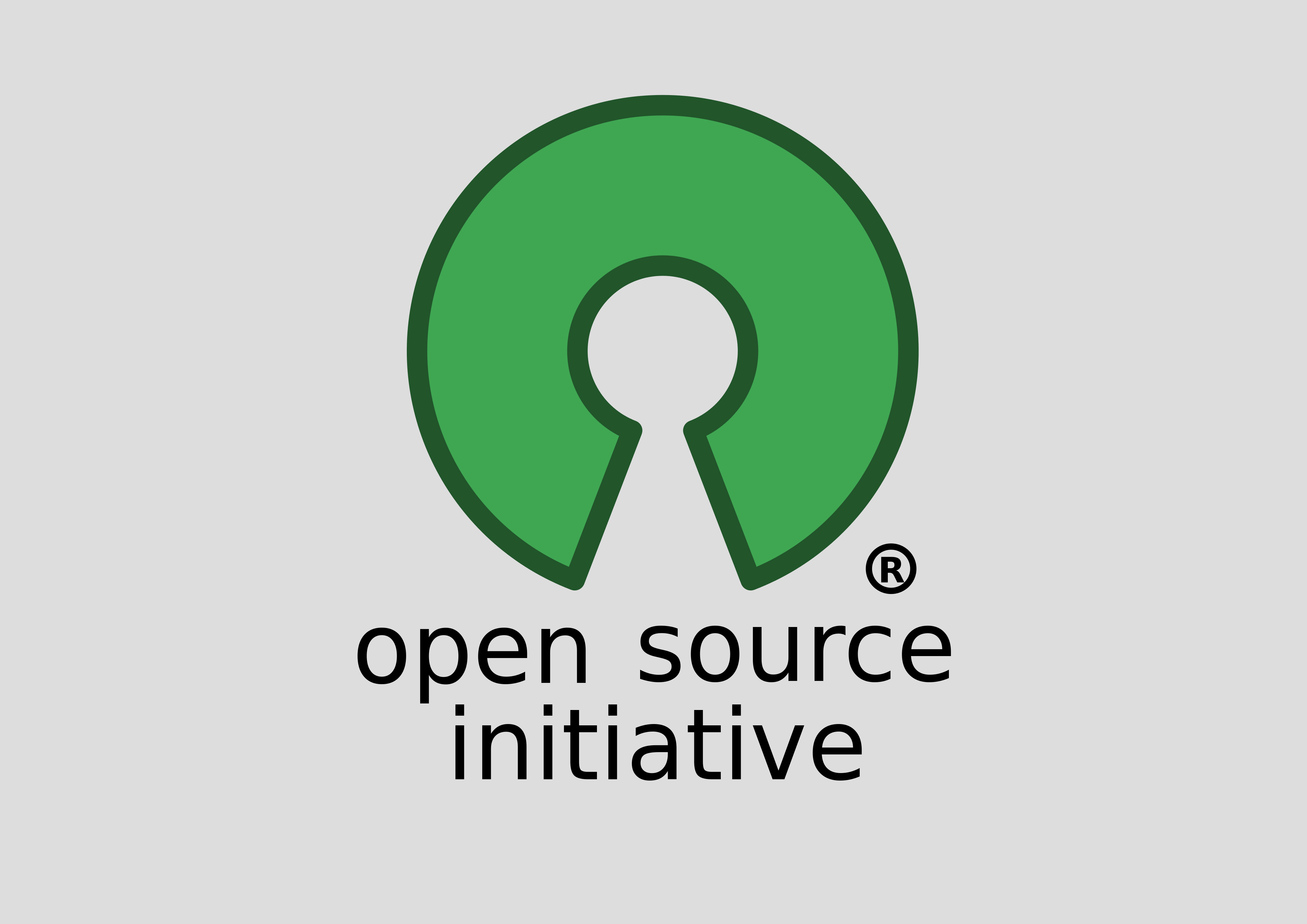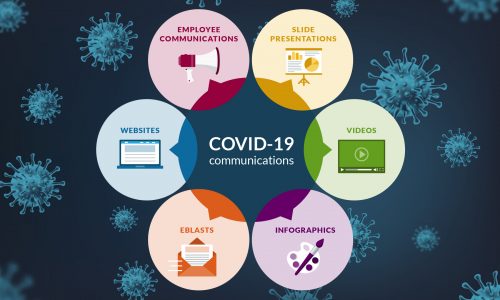Need Help Choosing a Content Management System? Why You Should Consider Open-Source.

So you’ve been tasked with getting a new website built. Well if you don’t know already, you’ve actually been tasked with getting two websites built. The first website is the public site that members of the public see when they visit your web address. The second website is just for you and your team; it’s the content management system (CMS) that you will use to update the content on your public site. If there’s one thing you should know about it, it’s that the development of your CMS should get just as much attention as the rest of your web development project.
Choosing a CMS can potentially be overwhelming, with almost 200 CMS systems available. Before selecting a specific system, its important to understand the three broad classes of CMS: the Proprietary CMS, the Vendor Supported CMS, and the Open-Source CMS.
You’ll bump into a Proprietary CMS if you’ve selected a web team that has developed its very own CMS that gets used only for their projects. You may have an existing relationship with just such a team, and it makes sense to hire them for your website project. This could, however, be a pitfall, because a proprietary CMS can be problematic in a couple of ways. First, if there is any special functionality required (i.e. plugins), it may need to be build from scratch just for your project, at a high cost to you. Second, if for whatever reason your relationship with that web team ends sometime down the road, your site is trapped inside a system that no one outside that team understands.
Vendor Supported CMS’s are not tied to a specific web development team, but they are still tied to a specific vendor, who provides technical support for their product. While there may be online communities that provide support voluntarily as well, if their vendor goes out of business, your website is then stuck in an aging system that is not longer actively supported. Furthermore, purchased CMS’s can vary greatly in price, from a few hunded dollars to tens of thousands of dollars. Finally, adding plugins can be costly here as well.
Open-Source CMS’s solve all these problems by opening their systems to the wisdom of crowds and the economies of scale. Huge, vibrant ecosystems have developed around these systems. Millions of users provide feedback, so systems quickly evolve through extensive use “out in the wild.” Hundered of thousands of programmers understand these systems well and can easily take over development of existing site built on these platforms. Thousands of volunteers around the world build these CMS systems themselves and release them for free. Thousands more generously donate their efforts in the spirit of open-source technology by releasing free or inexpensive plugins that extend the core CMS to do virtually anything. Technical support and tutorials are extensive and free of charge. In all these cases, a single person or team’s efforts can benefit everyone, not just a single project.
Here are Neglia, we use an Open-Source CMS called WordPress as our CMS of choice. WordPress is the most commonly used CMS in the world, encompassing approximately half of the CMS market. Some major websites that are built on WordPress include wired.com, mashable.com, salon.com, and smashingmagazine.com.
One of the reasons WordPress is so widespread, is that it is also a hugely popular blogging platform (wordpress.com hosts almost 35 million blogs). Indeed, the default installation of WordPress, even when used as a CMS for a non-blog website, is clearly catered towards blogs. Certain features need to be activated “under the hood” to enable its advanced functions, such as custom content types, custom meta fields, and advanced permissions management. Only then does it become as powerful as some of its competitors (such as Joomla, Drupal, or ExpressionEngine)
We recommend WordPress as our CMS of choice for a lot of reasons, but really, it’s because we’ve tried several other systems, and both our team and our clients are happiest with WordPress. It has the best user interface out there – a beautifully designed control panel gives our clients confidence when they’re making updates to their site. From a technical standpoint, advanced features are selectively activated, keeping the system efficient. It is only as resource-heavy as it needs to be for any given project, ensuring site loading times that are as fast as possible. And like other Open-Source systems, WordPress code is widely understood and easily transferred to new web team if necessary. It’s a technology that is understood by thousands of developers, not just our own small team.
We also feel WordPress is the most responsible choice going forward for most of our projects. Sites grow and change over time, and a system like WordPress will always be updated to match future developments in the digital space. WordPress has been steadily increasing in popularity and is not going anywhere anytime soon. If you need to rebuild your site in the future, your data can stay within the WordPress database and won’t need to be migrated. Instead, a new site can be build around your existing data.
Thought it offers a lot of advantages, WordPress is definitely not the best choice for every possible project. For advanced e-commerce sites, or websites that are more like applications, requiring their audiences to create something or perform other complex tasks, there are other tools required, and will require a significant custom programming effort. WordPress shines brightest when used for websites who’s primary goal is providing information. To be sure, it did start out as a blogging platform, so it is perfectly at home accepting reader comments, creating user profiles, and even creating basic online stores.
WordPress It is also a system that needs to be handled with care. Like any CMS, in the wrong hands, a WordPress-powered website can become an unwieldy mess, both on the public side an in the control panel. If WordPress is going to be used to build a custom website (rather than simply using a pre-existing template), it needs to be done by a professional to ensure the site doesn’t break down over time, and to ensure the control panel is set up to make your life as easy as possible.
Getting back to the present, there are decisions to be made. If you’ve been tasked with getting a website built, you really need to get two websites built, and we can help with both.





 7 ways visual communication design helps enhance corporate communications
7 ways visual communication design helps enhance corporate communications  COVID-19 Communication Services and Graphic Design
COVID-19 Communication Services and Graphic Design  Three reasons why your website needs an SSL Certificate
Three reasons why your website needs an SSL Certificate  The Met releases 375,000 beautiful images for free and unrestricted use
The Met releases 375,000 beautiful images for free and unrestricted use